Quali batterie vengono utilizzate in BESS?
Quando esplori il mondo dei sistemi di accumulo dell'energia a batteria (BESS), mi viene in mente una domanda fondamentale: cosa c'è realmente dentro? Qual è la tecnologia principale della batteria che immagazzina in modo così efficace l'energia dai pannelli solari o dalla rete, pronto ad alimentare la tua casa o la tua azienda quando ne hai più bisogno?
La stragrande maggioranza dei moderni BESS installati oggi, dai progetti residenziali a quelli su larga scala, utilizzo Batterie agli ioni di litio. Specificamente, la chimica preferita e dominante per lo stoccaggio stazionario dell'energia è LFP (Litio Ferro Fosfato o LiFePO₄). Questa tecnologia è scelta per la sua combinazione superiore di sicurezza, durata molto lunga, e ottima stabilità, rendendolo il gold standard per l'affidabilità, prestazioni a lungo termine.
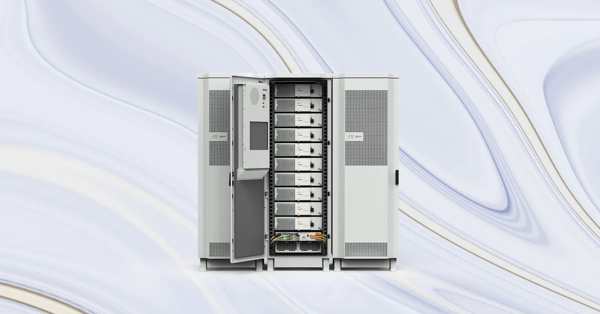
A Gycx Solar, il nostro impegno per la sicurezza e il valore a lungo termine per i nostri clienti è il motivo per cui progettiamo esclusivamente i nostri meglio le batterie soluzioni attorno alla tecnologia LFP. È ciò che è provato, scelta professionale. Esploriamo di più su questi potenti sistemi.
Qual è la durata di una batteria Bess?
Un BESS è significativo, investimento a lungo termine nell’infrastruttura energetica della tua proprietà. COSÌ, una domanda critica è: quanto durerà il componente della batteria, il cuore del sistema, effettivamente ultimo?
La LFP (Fosfato di ferro al litio) la batteria all'interno di un moderno BESS è progettata per la resistenza, con una durata operativa prevista di 10 A 20 anni. In termini di utilizzo, Queste batterie sono classificate per un impressionante 3,000 a finire 6,000 Cicli di scarica a carica completa. Per fornire ai clienti la fiducia in questa longevità, i produttori rispettabili in genere supportano i loro prodotti BESS con una garanzia completa di 10 anni.
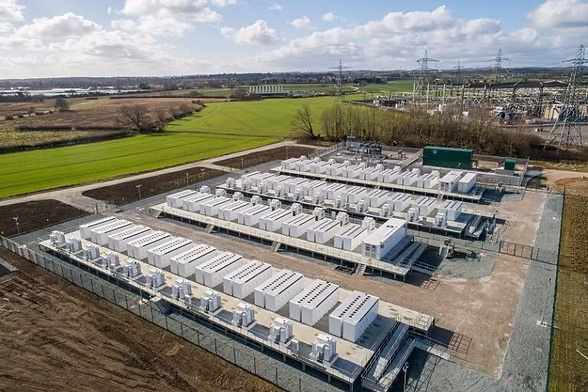
Immergersi più in profondità: Gli ingredienti di una batteria a lunga durata
L’impressionante durata di una moderna batteria BESS non è un caso; è il risultato di una chimica superiore e di una progettazione intelligente del sistema:
- Chimica LFP: LFP è intrinsecamente più stabile e robusto rispetto ad altri prodotti chimici agli ioni di litio. Può sopportare lo stress del ciclismo quotidiano (ricarica dall'energia solare durante il giorno, scarico durante la notte) per molti anni senza degrado significativo. Una batteria valutata per 6,000 i cicli potrebbero teoricamente durare per 16 anni con un ciclo al giorno.
- BMS intelligente: Il sistema integrato di gestione della batteria (BMS) funge da guardiano, proteggere costantemente le celle della batteria dallo stress prevenendo il sovraccarico, sovraccarico eccessivo, e garantire che tutte le celle siano bilanciate.
- Gestione termica: Il BESS è un sistema ingegnerizzato con gestione termica integrata. Questo è fondamentale nel clima caldo e umido di Singapore. Mantenendo le celle della batteria entro l'intervallo di temperatura ottimale, il sistema previene l'invecchiamento accelerato che il calore può provocare, contribuendo direttamente a una vita più lunga.
- La garanzia: Una garanzia di 10 anni è lo standard del settore per la qualità residenziale BESS. In genere garantisce che la batteria manterrà una certa quantità della sua capacità originale (PER ESEMPIO., 70%) entro la fine del mandato, fornendo un chiaro punto di riferimento per la sua performance a lungo termine.
Quali sono i tre principali tipi di BESS?
È un BESS per una singola casa uguale a quello utilizzato per supportare la rete elettrica di un’intera città? Affatto. La tecnologia BESS è incredibilmente scalabile, ed è generalmente classificato in tre tipi principali in base alla sua applicazione e dimensione.
I tre tipi principali di BESS sono:
- BESS residenziale: Piccoli impianti pensati per le singole abitazioni.
- Commerciale & Industriale (C&IO) BESS: Sistemi di media scala per le imprese, fabbriche, e altre proprietà commerciali.
- BESS su scala di utilità: Enorme, sistemi a livello di rete posseduti e gestiti da società elettriche.
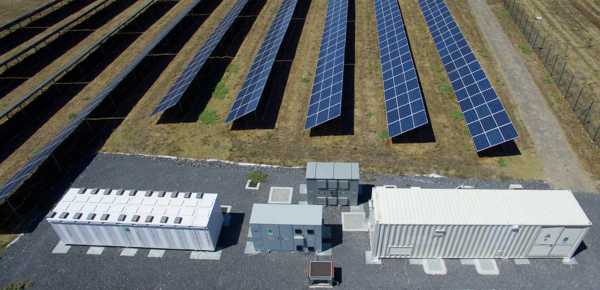
Immergersi più in profondità: Dalla tua casa alla rete
Diamo un'occhiata allo scopo di ciascun tipo:
- BESS residenziale:
- Misurare: Tipicamente 5 kWh a 30 kWh.
- Scopo: Gli obiettivi principali sono massimizzare l’autoconsumo solare (immagazzinare l’energia solare diurna da utilizzare durante la notte, il che è ottimo per gestire le tariffe elettriche elevate a Singapore), fornire alimentazione di backup durante le interruzioni della rete, e aumentare l’indipendenza energetica.
- Fattore di forma: Di solito un'unità elegante montata a parete o compatta, sistema di scaffali impilabili.
- Commerciale & Industriale (C&IO) BESS:
- Misurare: Da 30 kWh a diversi megawattora (MWh).
- Scopo: Utilizzato principalmente per la "rasatura di picco"." per ridurre i costosi oneri della domanda, massimizzare l’utilizzo dell’energia solare in loco, e fornire alimentazione di backup per operazioni critiche.
- Fattore di forma: Spesso armadi per interni più grandi o involucri per esterni.
- BESS su scala di utilità:
- Misurare: Molto largo, da decine a migliaia di MWh.
- Scopo: Per stabilizzare l’intera rete elettrica. Immagazzinano enormi quantità di energia proveniente da parchi solari o eolici su larga scala, fornire servizi di rete come la regolazione della frequenza, e sostituire l'inquinante "peaker" centrali elettriche.
- Fattore di forma: Tipicamente è costituito da file di grandi dimensioni, unità delle dimensioni di un container.
A Gycx solare, siamo specializzati nella progettazione e installazione di impianti Residenziali e C. ad alte prestazioni&Soluzioni I BESS su misura per le esigenze energetiche uniche dei nostri clienti a Singapore.
È BESS AC o DC?
Quando entri nei dettagli tecnici di BESS, sentirai i termini AC (Corrente alternata) e DC (Corrente continua). Il BESS stesso è l'uno o l'altro? La risposta è entrambe le cose: funge da ponte intelligente tra i due.
Un BESS è fondamentalmente a Dispositivo CC al suo centro, perché le batterie immagazzinano e rilasciano energia CC. Tuttavia, utilizza un sofisticato inverter (il sistema di conversione della potenza, o PC) per connetterci alle nostre case e alla rete, quale uso Alimentazione CA. Il modo in cui il BESS e il suo inverter sono collegati a un sistema di pannelli solari determina se si tratta di un sistema "accoppiato in CA"." o "accoppiato in DC" sistema.
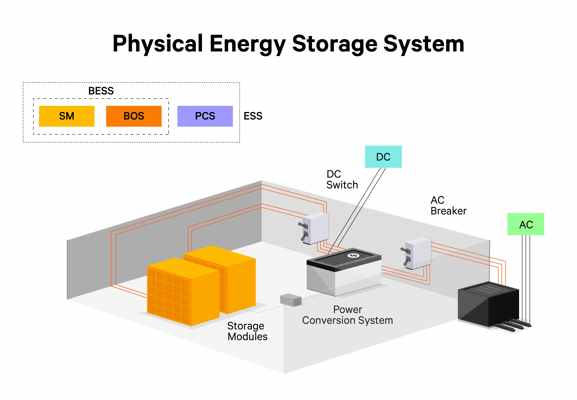
Immergersi più in profondità: Accoppiato ad AC vs. Sistemi accoppiati a DC
Ecco una rapida carrellata delle due principali architetture per il solare + magazzinaggio:
- Accoppiato a DC: I pannelli solari (che producono corrente continua) e le batterie (che immagazzinano energia DC) sono collegati sullo stesso lato di un unico inverter ibrido. Ciò consente alla potenza CC proveniente dai pannelli di caricare le batterie CC direttamente e in modo molto efficiente. Questo è spesso il metodo preferito per i nuovi, installazioni integrate.
- Accoppiato AC: I pannelli solari hanno il proprio inverter solare, e il sistema di batterie ha a secondo, Inverter della batteria separata. Entrambi si collegano al pannello AC della casa. Per caricare la batteria dal solare, l'energia CA proveniente dall'inverter solare viene riconvertita in CC per la batteria. Questo metodo è eccellente per aggiornare una batteria in una casa che dispone già di un sistema di pannelli solari.
Gycx Solar Story: "Quando un cliente ci chiede questo, spieghiamo che la scelta migliore dipende dalla loro situazione. Per una nuova proprietà fondiaria a Singapore che unisce energia solare e stoccaggio, probabilmente consiglieremo un sistema accoppiato DC altamente efficiente. Per un cliente con un sistema solare vecchio di 5 anni che ora desidera aggiungere backup, un BESS accoppiato in AC è la soluzione perfetta."
Quanto dura un BESS?
Abbiamo parlato della durata del componente della batteria, ma per quanto riguarda l'intera unità BESS? Quanto tempo puoi aspettarti che duri l'intero sistema?
Un BESS completo è progettato per una lunga durata, ma componenti diversi hanno durate di vita diverse. IL moduli batteria, come abbiamo notato, tipicamente durano 10 A 20 anni. L'altro importante componente elettronico, IL inverter (o PC), generalmente ha un'aspettativa di vita di 10 A 15 anni. Perciò, puoi aspettarti una vita operativa molto lunga dal tuo sistema, con la possibilità di una sostituzione programmata dell’inverter una volta durante la vita totale della batteria.
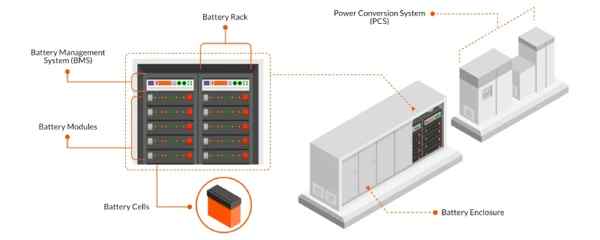
Immergersi più in profondità: Durata dei componenti del sistema
Un BESS è una raccolta di componenti di alta qualità progettati per funzionare insieme:
- Moduli della batteria: Le batterie LFP sono la parte più duratura, grazie alla loro chimica robusta progettata per migliaia di cicli.
- Invertitore (PC): Questo è il cavallo di battaglia del sistema. Si tratta di un componente complesso di elettronica di potenza che gestisce costantemente carichi ad alta potenza e si occupa del calore, i suoi componenti (come condensatori e ventole) naturalmente invecchiare. UN 10-15 La durata di un anno è un'aspettativa tipica per un inverter ibrido di alta qualità di un marchio rispettabile. Molti vengono forniti con una garanzia di 10 anni per abbinare la batteria.
- Altri componenti: Il recinto, cablaggio, Scollegamento della sicurezza, e altri hardware (l'"equilibrio del sistema") sono tutti progettati per durare per tutta la vita del sistema, purché non siano danneggiati.
- Pianificazione a lungo termine: Ciò significa che per un periodo di 20 anni, dovresti pianificare l'investimento iniziale e una potenziale sostituzione dell'inverter in giro 10-15 contrassegno dell'anno. Questa è una parte normale della proprietà a lungo termine di un sofisticato sistema energetico.
A Gycx Solar, costruiamo i nostri sistemi utilizzando solo prodotti di alta qualità Componenti BESS1 dai principali produttori con forti garanzie, e siamo trasparenti con i nostri clienti riguardo alla durata prevista di ogni parte. Ciò garantisce di avere una chiara comprensione del valore a lungo termine2 e piano di manutenzione per il tuo investimento.
UN meglio le batterie il sistema è intelligente, soluzione integrata fondamentale per la moderna gestione dell’energia. Alimentato da batterie LFP sicure e di lunga durata, è un bene durevole, asset a bassa manutenzione che garantisce sicurezza energetica e risparmi finanziari. Comprendendone i componenti e come funziona, Puoi fare un investimento sicuro nel tuo futuro energetico.
Se sei pronto per esplorare come un BESS può essere personalizzato per la tua casa o azienda a Singapore, Il nostro team di esperti di Gycx Solar è qui per aiutare. Contattaci oggi per una consulenza professionale!
